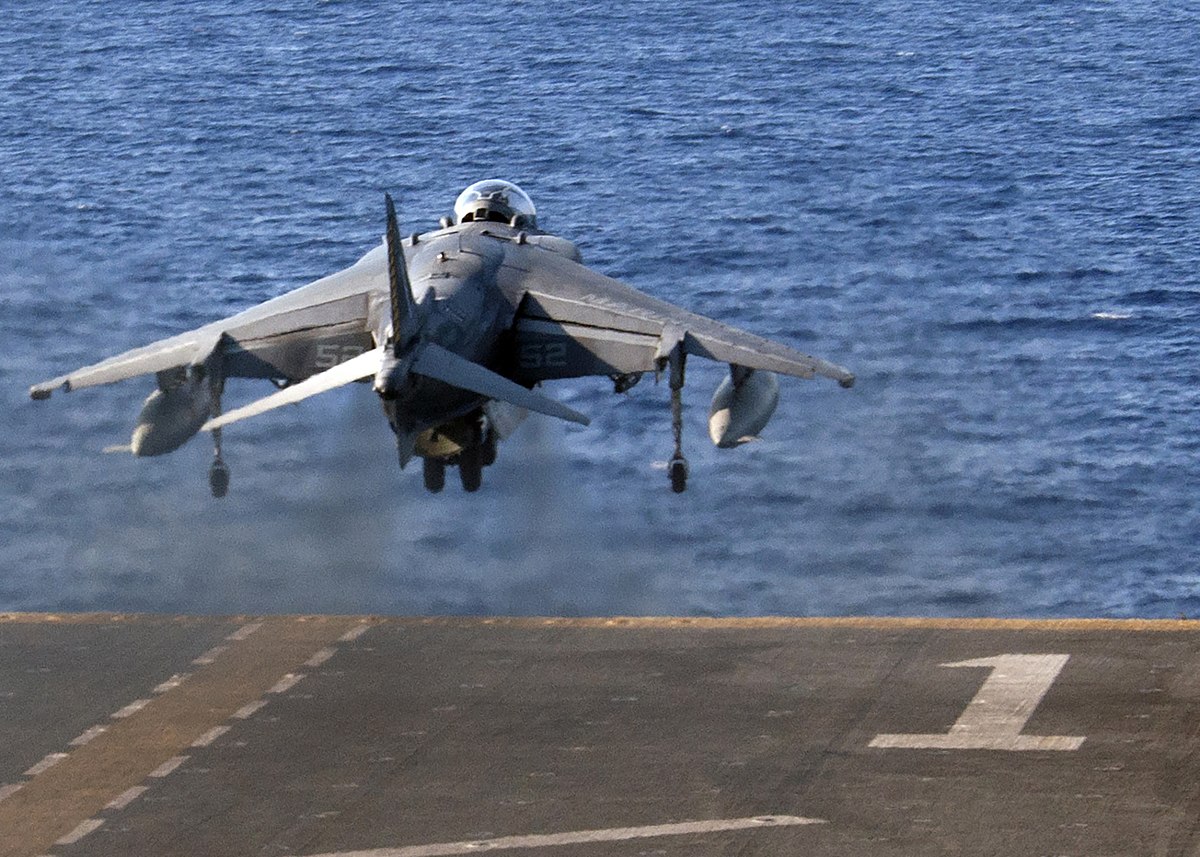
War on Terror
AfghanistanThe War on Terror, also known as the Global War on Terrorism or the War on Terrorism, is a military campaign launched by the United States and its allies in response to the September 11, 2001 terrorist attacks on the World Trade Center and the Pentagon. The stated goal of the War on Terror is to disrupt, dismantle, and defeat terrorist organizations and networks that pose a threat to the United States and its allies.
The War on Terror has been conducted primarily through military operations, but it also includes diplomatic, economic, and intelligence-gathering efforts. The United States and its allies have targeted a variety of terrorist organizations and networks, including al-Qaeda, the Taliban, and ISIS, as well as state sponsors of terrorism such as Iran and Syria.
The initial phase of the War on Terror began with the U.S. invasion of Afghanistan in October 2001, which was launched with the goal of toppling the Taliban regime, which had harbored al-Qaeda and other terrorist groups. The U.S. and its allies were able to quickly oust the Taliban and establish a new government, but the war in Afghanistan would become a prolonged conflict, with the Taliban regaining control in many areas.
In 2003, the United States launched a second military campaign as part of the War on Terror, this time in Iraq. The stated goal was to remove the regime of Saddam Hussein and to eliminate the threat of weapons of mass destruction (WMDs), which was later found to be non-existent. The overthrow of Saddam Hussein's government sparked a civil war in Iraq, which led to significant sectarian violence and the rise of jihadist groups, including ISIS.
The War on Terror has also been conducted through other means, such as drone strikes, special operations raids, and targeted killings of high-value targets. The War on Terror has also been used to justify various forms of surveillance and data collection by government agencies and the expansion of military and security operations around the world.
The War on Terror has met with mixed results, and it continues to be a major aspect of U.S. foreign policy and military operations to this day. Many terrorist organizations have been significantly degraded and have lost key leaders and operational capabilities, but others have emerged or re-emerged. Additionally, it was argue that the war on terror has caused significant human and civil right abuses, the displacement of millions of people, the spread of extremist ideologies, and has resulted in heavy financial costs.
